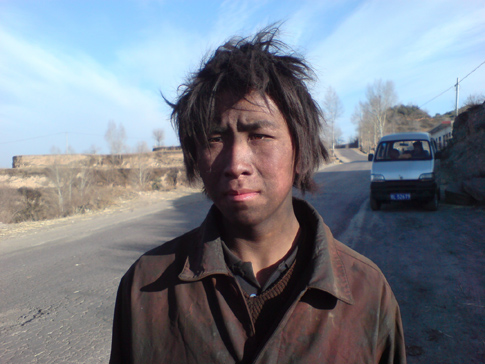

You may already know about the pollution plight of Linfen, China. But how about the heavy metals Pittsburghers breathe in on a daily basis? Or the incomparable smog Milanesi put up with? PopSci has culled an eye-opening selection of some of the world’s most problematic cities. From the painfully high cancer rates in Sumgayit, Azerbaijan to the acid rain destroying La Oroya, Peru, writer Jason Daley will walk you through the lowest of the low; and explain why, despite it all, there’s still hope for these places.
And check out PopSci‘s complete coverage of the future of the environment at popsci.com/futurecity.









